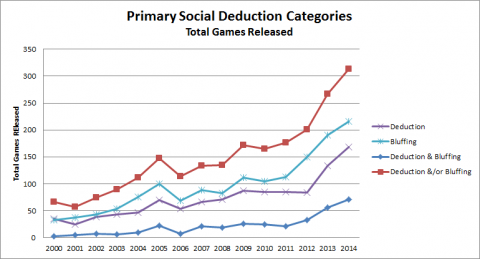Although the expertise and focus of Opie Games is not to analyze the game publishing industry, as we design and develop games we are considering the current marketplace when deciding which game designs to pursue. Time to design is always a limiting factor, if not the most limiting, so working on something for which the market is quickly diminishing or is over-crowded may be equally wasted. These studies may also be helpful in providing information for a pitch, to differentiate what Opie Games has designed from what is available. How this information is not being use is to determine what game to start thinking about. Ideation is upstream of this process.
Objective
Survey and analyze (to the extent reasonably possible) the game publishing industry to:
- Inform the Opie Games process decisions from design into development.
- Become knowledgeable about the game publishing aspect of the table top game industry.
- Identify game publishing trends to forecast the market needs of the near term future.
- Provide the game design and development community information that maybe helpful on its own or may seed further analysis.
Hopefully, you will find this analysis interesting and helpful in your own forays into the game publishing industry.










